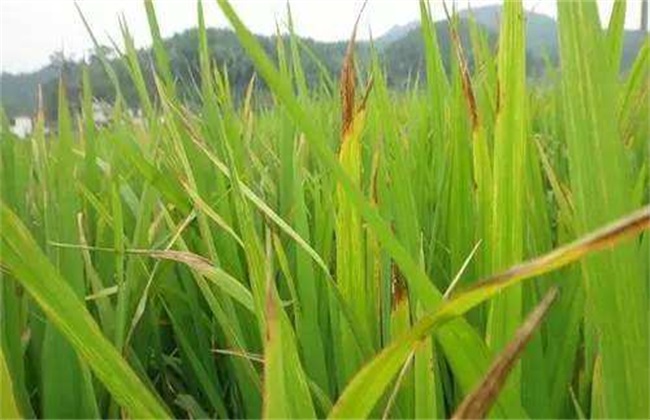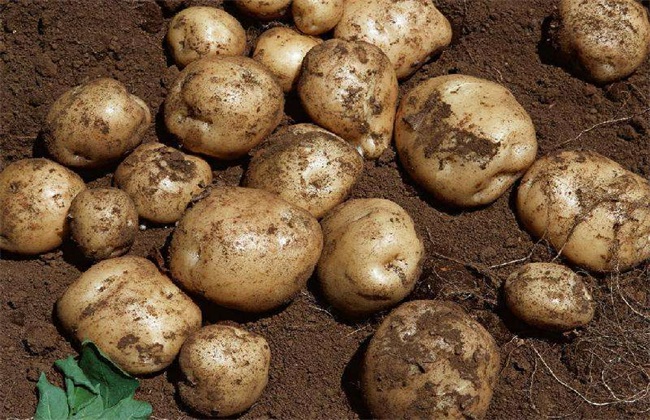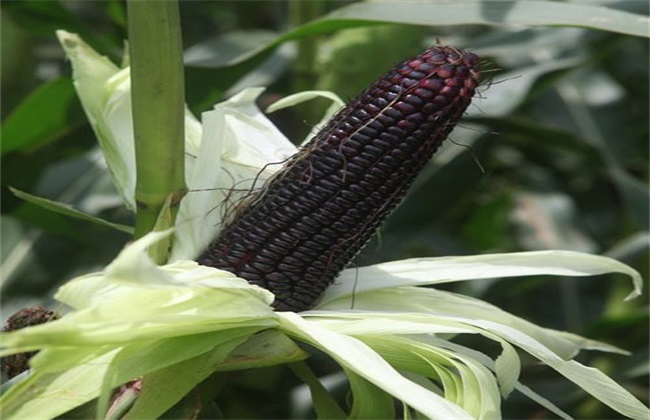What disease is red rice leaves?
From water to all stages of growth, some diseases will occur, and the most direct symptom of the disease is through the leaves, and the direct changes of the leaves represent the corresponding symptoms. Some growers found that during the period of rice heading and jointing, the leaves began to turn red, so what is the reason, what bacteria are infected, or it is a physiological disease, the specific situation. Next, we will introduce it in detail.

I. the cause of occurrence
In fact, the occurrence of red leaves is more than one reason, there are a variety of reasons, the common are drug damage, low temperature conditions, lack of nutrition; it may also be the occurrence of rice fine streak, bacterial blight, or bacterial blight caused by potassium deficiency. To sum up, the causes of redness are environmental factors, human factors, lack of elements, and bacterial infection. Therefore, this cause is complicated and needs to be carefully identified.
II. Improvement methods
1. Temperature regulation
The main purpose of the temperature is to avoid low temperature during jointing and booting, which is planted in the open field, so we can only delay sowing and calculate the approximate time of the growth stage. according to the climate over the years, let the jointing stage miss the low temperature time, so that it can be avoided.
two。 Spraying method
Maintain a good growth environment, try to reduce the incidence of diseases, use fewer drugs, if you want to use drugs, you must use according to the correct concentration, or do not use too many times, do not use the same drug all the time, change the use. There should be an interval of at least three days between the two medications, and do not use the drugs frequently. The concentration of medicine should not be too high, it is easy to burn red leaves.
3. Nutritive elements
The whole growth period can not be lack of nutrition, this is the time to transfer from the use of nitrogen fertilizer to phosphorus and potassium fertilizer, immediately into reproductive growth, so it is best to replenish chemical fertilizer, phosphorus and potassium fertilizer in time. Can not lack potash fertilizer, potassium deficiency is mainly easy to red leaves.
4. Disease control
At this time, the weather is hot and humid, especially in the south, some germs suitable for this environment multiply in large numbers, so we should pay attention to the prevention and control of diseases. For example, shallow irrigation can reduce the humidity between rows. In fact, applying more potash fertilizer can also improve the disease resistance of plants. When necessary, a good drainage channel should be dug, and two drainage channels can be dug in the middle of the field.
The redness of rice leaves is mainly caused by a variety of factors, sometimes caused by the interaction of many factors. When improving prevention and treatment, we must pay attention to careful identification and find the reasons. If you really don't know, you can try to prevent and cure it.
Related
- The first cup of black tea in spring, the flavor and history of tea gardens in Kenya, Africa
- The computer can not only choose potatoes, but also grow tea rice. AI will grow winter oolong tea champion.
- It is not only the inflated tea bitten by insects, but also engraved with the four seasons tea in Beipu.
- The Oriental Beauty Tea Festival in Zhuxian County takes the stage at the weekend to experience the plus-size feast of oil tea.
- & quot; Oriental Beauty Tea & Exploration of Emei in Hsinchu, the hometown of quot;
- The new variety of strawberry "Tainong 1" dessert is the first choice with mellow aroma. Crimson gorgeous
- History of Tea in Taiwan: from Wild Inner Mountain to Export Tea Garden
- Two types of Taiwan Oriental Beauty Black Tea won the British three-Star Award for Childhood Tea Xiang Zhang Jiaqi changed from pilot to champion tea maker.
- Banana species and varieties: the planting history of Taiwan Xianren banana and dwarf banana is long, is banana disease resistant?
- Coffee planting Technology: Qianjie Coffee from Seedling to harvesting



